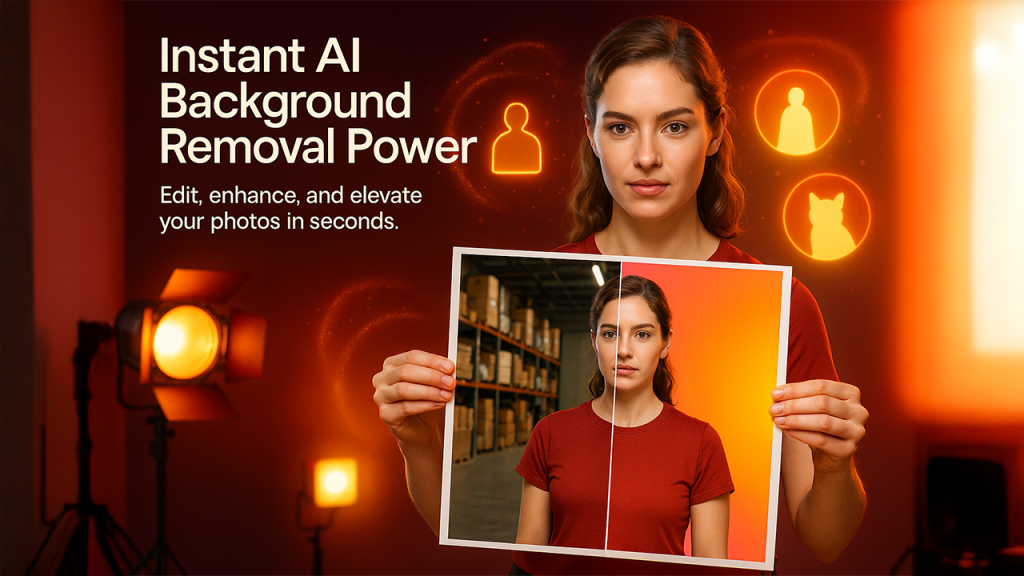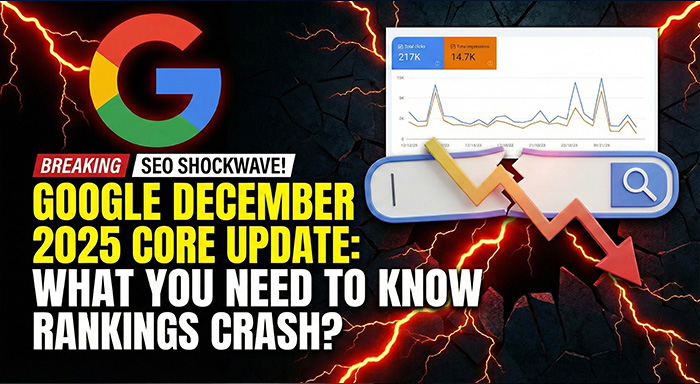The promising future of IoT is evident from its phenomenal rise in the industry. In the present era, the Internet of Things is one of the most fundamental technologies that governs how modern devices interact and share data. It has changed the way industries operate, modernizing business processes and data sharing. It actualizes a world where everything is connected via sensors and computer networks.
It has a transformative potential to improve performance and drive value in every sector, organization, niche, government agency, educational institution, etc. The market value of Internet of Things technology is expected to rise from 478 billion to 2,500 billion in 2029. There are already close to 18.8 billion IoT devices in the world. So, considering its phenomenal growth, it is worth discussing the future of IoT.
Understanding IoT
Internet of Things refers to the seamless network between devices connected to one another and empowered to exchange data. The devices can be anything from large-scale industrial machinery, smart phones, to agriculture equipment, etc. Connecting software, IoT sensors, actuators, and other technology forms the basis of how IoT works.
There are many advantages of IoT such as automation of tasks, data analysis, remote monitoring of systems, and improved customer experiences. IoT is useful in a variety of application areas such as agriculture, enterprise solutions, home automation, healthcare, etc.
Future of Internet of Things- Emerging Technologies You Must Know
The landscape of the Internet of Things is evolving at a rapid pace with new breakthroughs emerging at a quick rate. Let us analyze the upcoming trends of IoT that will not only shape businesses but also simplify daily lives and create opportunities for everyone:
IoT-driven AI Applications
If we look closely, IoT has already started to influence our lives. We use numerous devices like wearables, smartphones, smart CCTV cameras, and virtual assistants like Amazon Alexa, etc. that can capture data in real time and store it in the cloud. While IoT can empower devices to connect, AI can enable such devices to learn from one another and historical data. Integrating AI with IoT can revolutionize the way industries, organizations, and economies function. IoT and AI give rise to intelligent machines, enabling intelligent output and proactive decision-making.
IoT Powered by Edge Computing and 5G Technology
5G is the newest breakthrough in the field of cellular technology. It not only ensures higher speed in communication but also includes the capability to transmit data via medium or high-frequency signals over the airwaves. 5G can act as a catalyst for further advancements in the field of technology. It will open up new possibilities for centralization of data streams, real-time processing of information, network slicing, lower latency, and improved speed of transmission.
Edge computing allows tethered IoT devices to analyze, share, and store data locally. It is an effective approach to the processing of data that is redefining the future of IoT. Edge computing is an intelligent concept that actualizes distributed intelligence. It enables more devices to exist in a smaller and more efficient Local Area Network (LAN), thus improving our infrastructure.
Future of IoT in Healthcare
With smart insulin pens, hearing-aid devices, smart pills, smart thermometers, remote patient monitoring, and early disease detection, IoT is truly transforming the healthcare industry. IoT can also allow real-time monitoring, storage, and analysis of patient data. Using this data, healthcare professionals can detect vital patterns that can help in diagnosis, treatment, and streamlining healthcare operations. This can also improve early detection of diseases, ensuring timely interventions and precautions.
Further advancements in IoT in healthcare can further decrease the errors and delays in treatment. Moreover, leveraging AI-driven tools for predictive analytics can help in forecasting diseases years before the onset and ensuring predictive healthcare.
Future of IoT in Agriculture
All digital technologies like IoT are improving farming practices and outcomes at a rapid pace. Industrial IoT technologies can ensure higher precision in agriculture, driving higher yields at a significantly lower cost. IoT-powered farm equipment, unmanned vehicles to monitor fields, smart irrigation systems with intelligent moisture sensors, etc., have helped in the full digitization and optimization of agriculture practices.
Smart agriculture gadgets also help farmers determine adequate field conditions, collect environmental metrics, predict water requirements, recognize herd health, ensure better distribution, etc. The advent of IoT in agriculture has improved farmers’ capability to meet the growing global demand for agricultural production. The population is expected to hit 9.7 billion in 2025, and farmers all around the world need to adopt smart methods to meet this staggering demand.
Future of IoT in Home Automation
With IoT technologies advancing at a rapid pace, home automation is expected to see significant improvements in the future. IoT devices are expected to become more personalized, intuitive, and secure. This can allow users to manifest a more convenient, secure, and customized living space powered by smart and efficient devices. Integrating AI in home automation devices can allow users to seamlessly modify lighting, temperature, and ventilation based on weather conditions and mood.
With time, it will be more easy to integrate smart home appliances, ensuring total convenience for customers. Furthermore, the interface to control these devices is expected to be more simple requiring only voice commands. AR interfaces can also be integrated with IoT giving users a smarter way to communicate with their home devices and modify settings.
IoT in Remote Learning
IoT not only allows students to learn from anywhere but also provides them with a learning environment. By connecting various learning devices like tablets, laptops, and smartphones, students can transform their learning space into an IoT-enabled cyberspace. It enables them to access learning materials from anywhere, improving their productivity and convenience. Moreover, IoT also enhances communication and collaboration making students feel connected despite being away from the classroom. In the coming future, IoT will further enhance accessibility, engagement, safety, management efficiency, and personalization in remote learning.
Conclusion
IoT is already simplifying industries, homes, hospitals, and even cities. The future of IoT looks exciting with multiple emerging technologies on the horizon. The blog discusses a few trends and areas where IoT’s impact is expected to improve further. With increasing efficiency, interface, and interoperability of devices, IoT will not only enhance industries but also the lives of the people.



